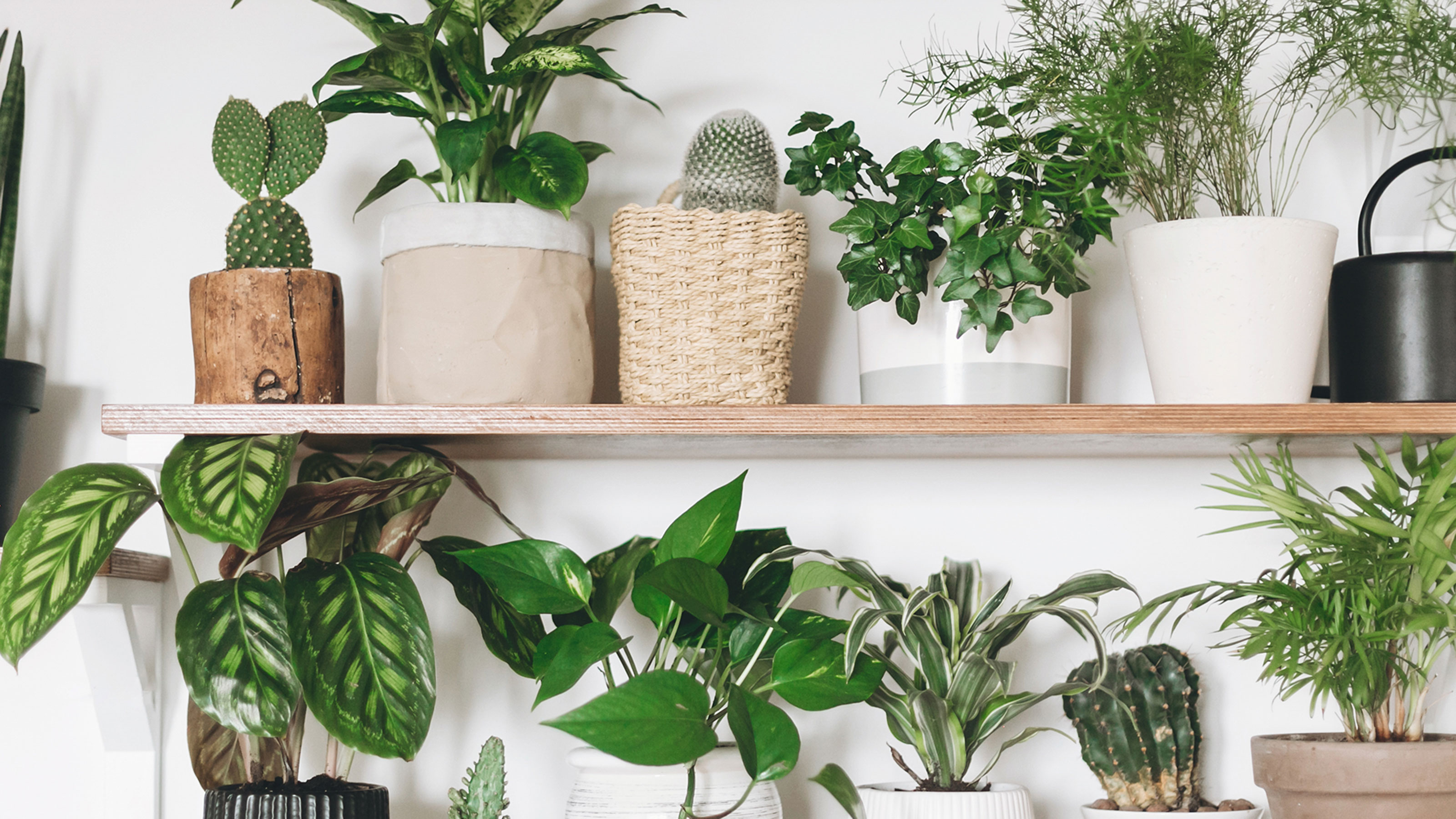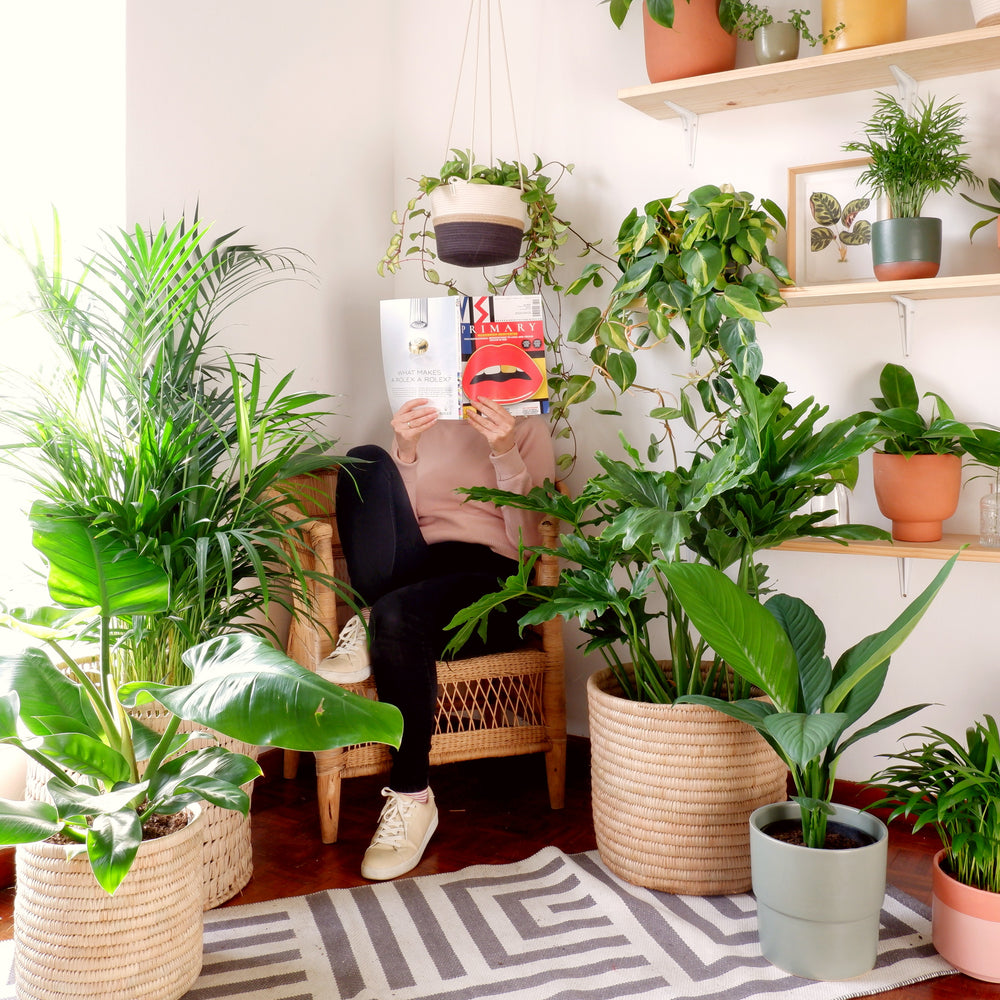Reveal the Keys of Low-Light Indoor Plants and Exactly How They Boost Your Setting
Low-light interior plants have actually gathered raising focus for their special capability to enhance both aesthetic appeal and ecological top quality within workplaces and homes. These resilient varieties, including the Snake Plant and Peace Lily, not only grow in tough lights problems however also play a critical duty in air filtration and emotional health. Recognizing the details advantages and care needs of these plants can dramatically influence your space. As we explore the details of their advantages, you may uncover insights that can change your environments in unforeseen methods.
Advantages of Low-Light Indoor Plants
Although many individuals think that interior plants need plentiful sunlight to flourish, low-light interior plants offer a plethora of advantages that make them perfect for numerous environments. One of the primary benefits is their flexibility; they can flourish precede with limited natural light, such as offices, basements, or rooms with little home windows. This feature allows individuals to boost their surroundings with greenery, adding to improved visual appeals without the demand for extensive lighting modifications.
In addition, low-light indoor plants can substantially boost interior air high quality by filtering harmful toxic substances and releasing oxygen, making living areas healthier. The presence of plants has actually been linked to higher feelings of peace and focus.
In addition, low-light plants typically require much less maintenance than their sun-loving equivalents, making them suitable for active people or those brand-new to horticulture. Their durability permits them to prosper with marginal treatment, thus supplying a rewarding experience for plant fanatics and newbies alike. In recap, low-light interior plants serve both practical and visual purposes, making them useful enhancements to any type of room.
Top Low-Light Plant Ranges
Low-light interior plants been available in a range of varieties, each offering unique attributes and advantages suited for dim atmospheres. Amongst one of the most popular ranges is the Serpent Plant (Sansevieria), recognized for its building fallen leaves and air-purifying abilities. This resistant plant flourishes on disregard and can endure a large range of light conditions.
One more superb selection is the ZZ Plant (Zamioculcas zamiifolia), which features glossy, dark eco-friendly fallen leaves and is extremely drought-tolerant. Its flexibility makes it a favorite for offices and homes with limited sunlight.
The Pothos (Epipremnum aureum) is additionally a leading contender, with its trailing creeping plants and heart-shaped leaves - Best low-light indoor plants. This versatile plant can be trained to climb or waterfall, including aesthetic passion to any kind of room

Treatment Tips for Low-Light Plants
Taking care of low-light indoor plants calls for a nuanced understanding of their specific demands to guarantee optimum development and vitality. Initially, it is essential to choose the ideal potting mix, as a well-draining soil is critical to avoid origin rot. A mix developed for houseplants, typically containing peat moss and perlite, functions well for most low-light varieties.
Watering is another essential facet of treatment. Low-light plants typically call for less constant watering compared to their sun-loving counterparts.
Fertilization ought to be approached with caution. During the growing season, a diluted fluid plant food can be applied monthly, but in winter season, lots of low-light plants go into dormancy and require little to no fertilization.
Finally, it is necessary to periodically clean up the have a peek at this site leaves to eliminate dirt, permitting far better light absorption. By sticking to these treatment pointers, you can cultivate a growing environment for your low-light interior plants, boosting both their appearance and long life.
Enhancing Air Quality With Plants
Interior plants play a significant duty in enhancing air quality within homes and office spaces. Via the process of photosynthesis, these plants soak up co2 and release oxygen, adding to a healthier atmosphere. Additionally, certain low-light indoor plants have the capability Get More Info to filter unsafe toxins, such as formaldehyde, benzene, and trichloroethylene, which are commonly located in indoor environments.

In addition, the existence of indoor plants can raise moisture levels, which assists reduce completely dry skin and respiratory concerns, additionally improving overall wellness. This capability to boost air high quality not only advertises physical health however additionally supports psychological health.
Incorporating low-light indoor plants right into your living and functioning rooms can result in an extra lively and invigorating atmosphere (Best low-light indoor plants). Purchasing these natural air cleansers is a simple yet efficient approach for boosting indoor air high quality and cultivating a much healthier lifestyle
Developing a Tranquil Indoor Area
The assimilation of plants right into living rooms not just boosts air quality but likewise adds to a peaceful atmosphere. Low-light indoor plants, such as serpent plants and pothos, are specifically reliable in developing a calm environment, as they prosper in problems that may otherwise be inhospitable see this page for other greenery. Their lush foliage offers a relaxing aesthetic, decreasing tension and promoting relaxation.
Incorporating these plants into your office or home can evoke a feeling of peace and wellness. Tactically placing them in areas where you invest considerable time, such as living work areas or rooms, enables an immersive experience with nature, which has actually been shown to improve state of mind and cognitive feature.
In addition, the gentle motion of fallen leaves in action to air movement can develop a dynamic aesthetic aspect that enhances the overall ambiance. Take into consideration making use of a range of plant elevations and appearances to add depth and passion to your area. With thoughtful placement and care, low-light interior plants can transform any kind of area right into a tranquil haven, cultivating not only visual fulfillment but mental and likewise emotional health.

Conclusion
Including low-light indoor plants into numerous settings returns significant benefits, consisting of improved air high quality and boosted aesthetic allure. These hardy species not just prosper in minimal light however additionally contribute to a soothing environment, promoting emotional and emotional health. By picking proper ranges and applying proper care strategies, people can successfully cultivate a tranquil interior room that cultivates well-being and performance. The transformative power of low-light plants underscores their value in boosting both occupational and domestic settings.
Although lots of individuals think that indoor plants call for plentiful sunshine to thrive, low-light indoor plants supply a plethora of benefits that make them optimal for various settings.Furthermore, low-light interior plants can considerably improve interior air quality by filtering system dangerous toxins and releasing oxygen, making living areas healthier. Furthermore, certain low-light interior plants possess the capacity to filter hazardous contaminants, such as benzene, formaldehyde, and trichloroethylene, which are commonly discovered in interior settings.
Low-light interior plants, such as snake plants and pothos, are specifically effective in creating a peaceful atmosphere, as they grow in problems that might or else be unwelcoming for various other plant.Incorporating low-light indoor plants into different atmospheres yields considerable advantages, consisting of enhanced air top quality and boosted aesthetic appeal.